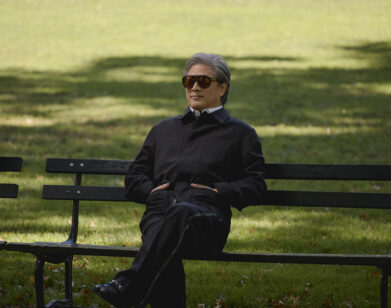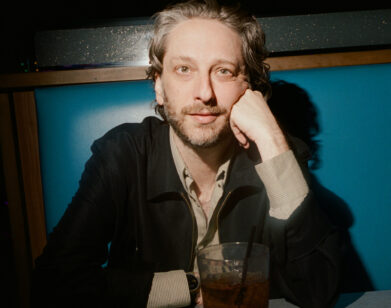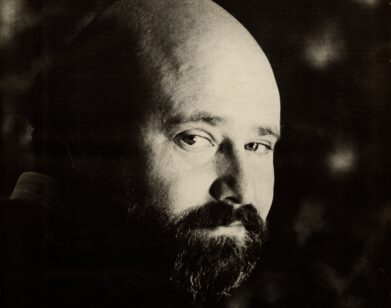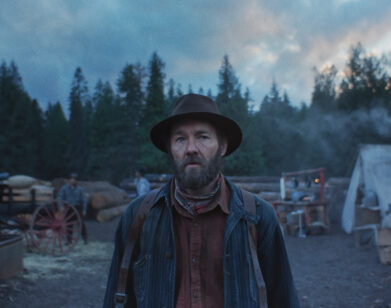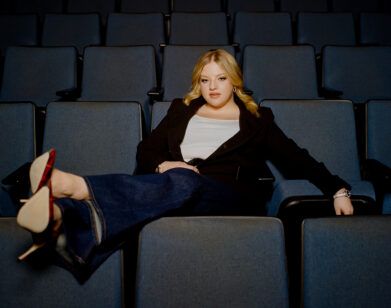What Norbert Schoerner Made
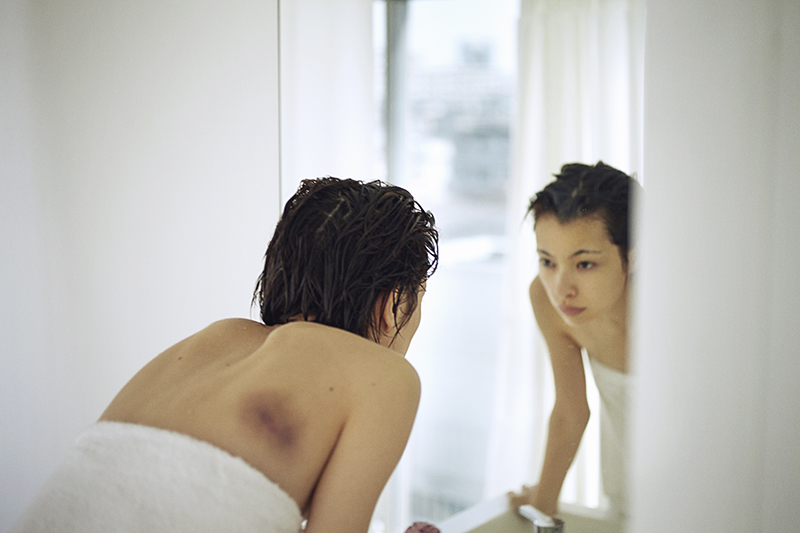
ABOVE: A STILL FROM MADE
German-born photographer Norbert Schoerner began his trade in the late ’80s on assignment for The Face. Before taking up fashion editorial, gigging for Interview and i-D, and lensing campaigns for Prada and Comme des Garçons, however, Schoerner’s first focus was cinema. He returns to moviemaking with his latest directorial effort, Made, a short film written by Juanita Boxill and starring Rina Ohta. Included in last year’s Cannes, London Independent, and East End Film Festivals, Made is an atmospheric study of the double life of Minako, a young Japanese woman. Living with her European boyfriend in Tokyo, one morning she dons a staid suit before traveling to a storage locker and retrieving a pink suitcase. Inside is a frilly Lolita girl outfit and accouterments, fit for her second job as a waitress (among other things) at a maid bar, a category of cosplay restaurant where the staff serves customers with an ultra-adorable demeanor and a subservient attitude. Minako’s psychological impulses unfold over the film’s taut 20-minute arc when her carefully constructed identities are put in contention by a John from the bar.
We spoke to Schoerner, currently at work on his first feature film and a new photography monograph, by phone last week at his office in London.
COLLEEN KELSEY: I read that before you became a photographer full time you were interested in making films and made a few movies. When did you decide that you wanted to start making films again?
NORBERT SCHOERNER: After school I did two 10-minute short films. The second short film had a proper crew and we made loads of debt from that. I didn’t have any money after school and everybody basically did a runner. I was left with the debt, and I just thought, “This sucks.” [laughs] I needed to come up with something that was a bit more self-reliant. I started assisting a photographer and just fell in love with photography. It took 15 years or something to come back.
KELSEY: How did working on this film come about?
SCHOERNER: I started developing a feature film project in Tokyo maybe two or three years ago. Rina was the main actress. Actually, we’re still working on that. Juanita, the writer, came with me when I launched my book Third Life in Tokyo in 2012. One of our friends was there and led her a little bit astray and she ended up in a maid bar. When she came back, she said, “Listen, I’ve got a story for you. You’ve got to do this. It deals with the Tokyo underground atmosphere. I think it would be really good.” Then she wrote the script. I flew back to London and about five months later we were shooting the film. It happened rather quickly.
KELSEY: The feature was in the works, but do you feel like starting with a short made the most sense?
SCHOERNER: Now I think that, to be honest with you. Actually, I can’t wait to do another short. It’s interesting. Maybe nowadays it’s a more important format than five years ago. I think people’s attention spans have dropped as well. Before I shot that short I did commercials and installation work. I never did a narrative short, per se, that went on for more than five minutes.
KELSEY: Well, it’s really interesting, in a short the narrative needs to be more condensed by default. Something that I really responded to in the movie, as a viewer, was how slowly the details about the main character are unraveled until the very, very end. How did you want to represent Minako?
SCHOERNER: I found it so interesting. In the first third of the film, the audience knows who that person is. Come the second act, people suddenly are starting to have doubts about that. In the bathroom [scene] late at night, I saw her as a victim. The audience at this point still thinks she’s a victim. And at the end…By the way, we might be in spoiler territory here. [laughs] The final twist, which is, I think, one of three twists, if you want to put it that way, reveals what sort of an ambiguous existence she actually leads. She turns herself into a non-character, I think. For Rina we did rehearsals and everything, because it’s such a complex character. Initially it was quite hard for her to get into that. It’s very multidimensional. I always said to her, “You should treat it more like you’re a manga character. Tokyo is your game.” Tokyo is sort of like a video game.
I wanted the apartment to be almost like a white cube—a very neutral space where anything could happen. You have the morning setting and then the early evening setting in the apartment. The more you get into the story, the actual bleakness of the setting of the maid bar, that’s where the red first starts coming through. By the time she gets to the hotel room I started using a couple of effects, because it almost turns into a hallucination.
KELSEY: What was your first experience in a maid bar?
SCHOERNER: I hadn’t been to one before until the writer went. She said to me, after, “You have to go.” Having been to Tokyo many times, I’d come across cosplay culture before. I first encountered cosplay when I went [to Tokyo] in 1992 on an assignment for The Face. Once I’d been to a bar, I thought it was quite an insane place on many levels. I thought it was actually quite sinister. We took a little bit of creative liberty, because it is not necessarily a place of procurement. It’s not, but it can happen. It is quite saccharine, but there is definitely a dark underlayer because often these places are run by yakuza and stuff like that. They do attract a really weird crowd. That guy with the bunny ears [in the film] was based on a real character that we found in a bar when we were researching.
KELSEY: So the feature you’re continuing to work also stars Rina and is set in Tokyo. Is it an extended version of Made‘s story?
SCHOERNER: I think the two big similarities are that it’s set in Tokyo and that it has something to do with, let’s say, subcultures. A lot of it happens at nighttime. But I’m working on a yakuza film basically. I don’t want it to be this middle-of-the-road gangster film. It’s all based on psychedelic elements.
KELSEY: What about Tokyo has been so attractive to you as a setting?
SCHOERNER: What I really love about Tokyo is the fact that I am always a foreigner there. In a way [the film is] really shot from a foreigner’s point of view. I find that quite inspiring, having that sort of distance.
KELSEY: Do you see any connections between your personal photography work and the film work that you’ve been doing?
SCHOERNER: Very much so. I don’t think I’ve ever been a studio photographer, per se. I do shoot in the studio, obviously, for various reasons. But my photography has always tried to reach a certain layer of narrative, rather than just being a representation of product or beauty. I always felt more comfortable adding another layer to it. Somehow I think it connects to film as well, because in film you have so many other elements, so many more tools available to tell your story.
FOR MORE ON MADE, VISIT THE FILM’S WEBSITE.

